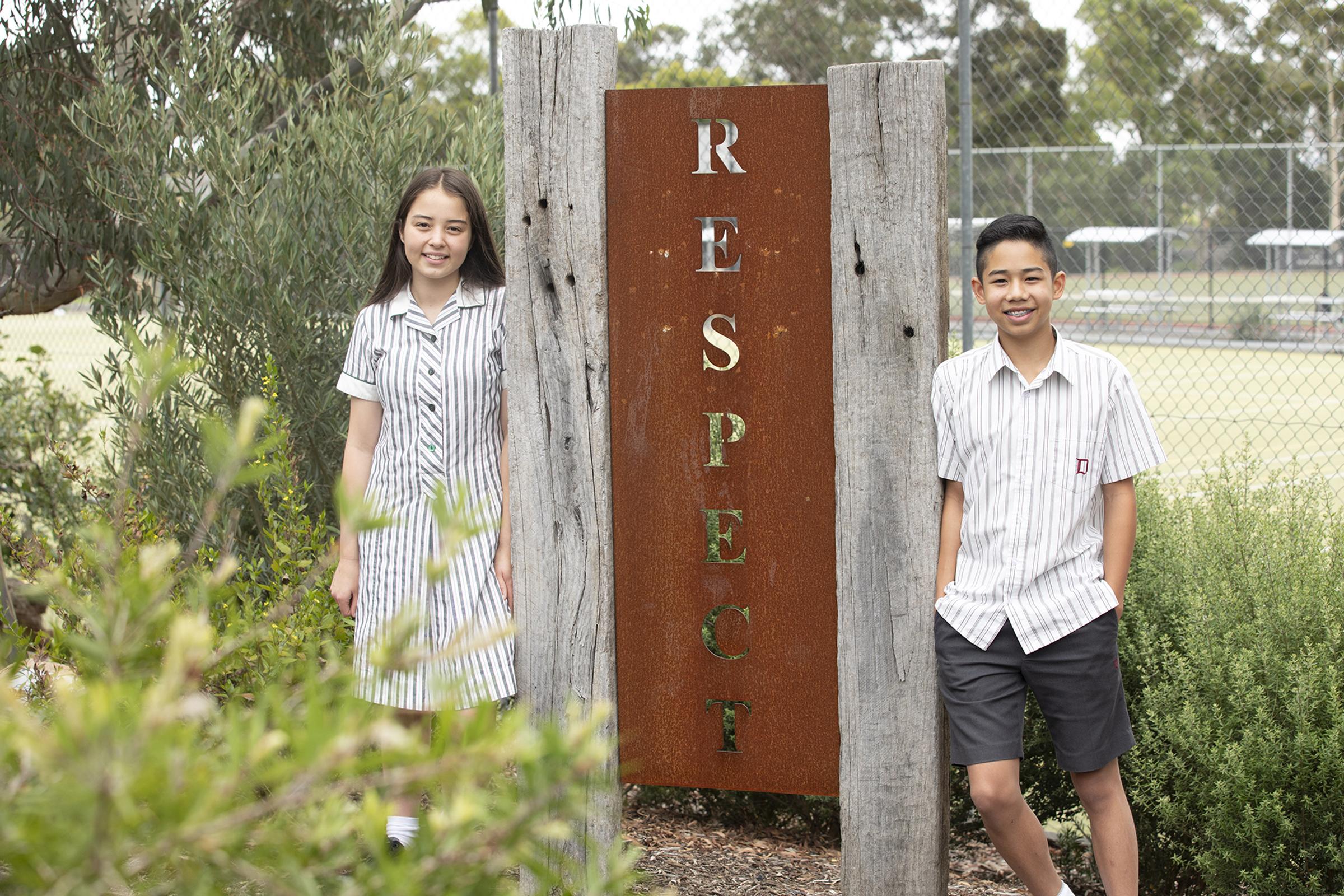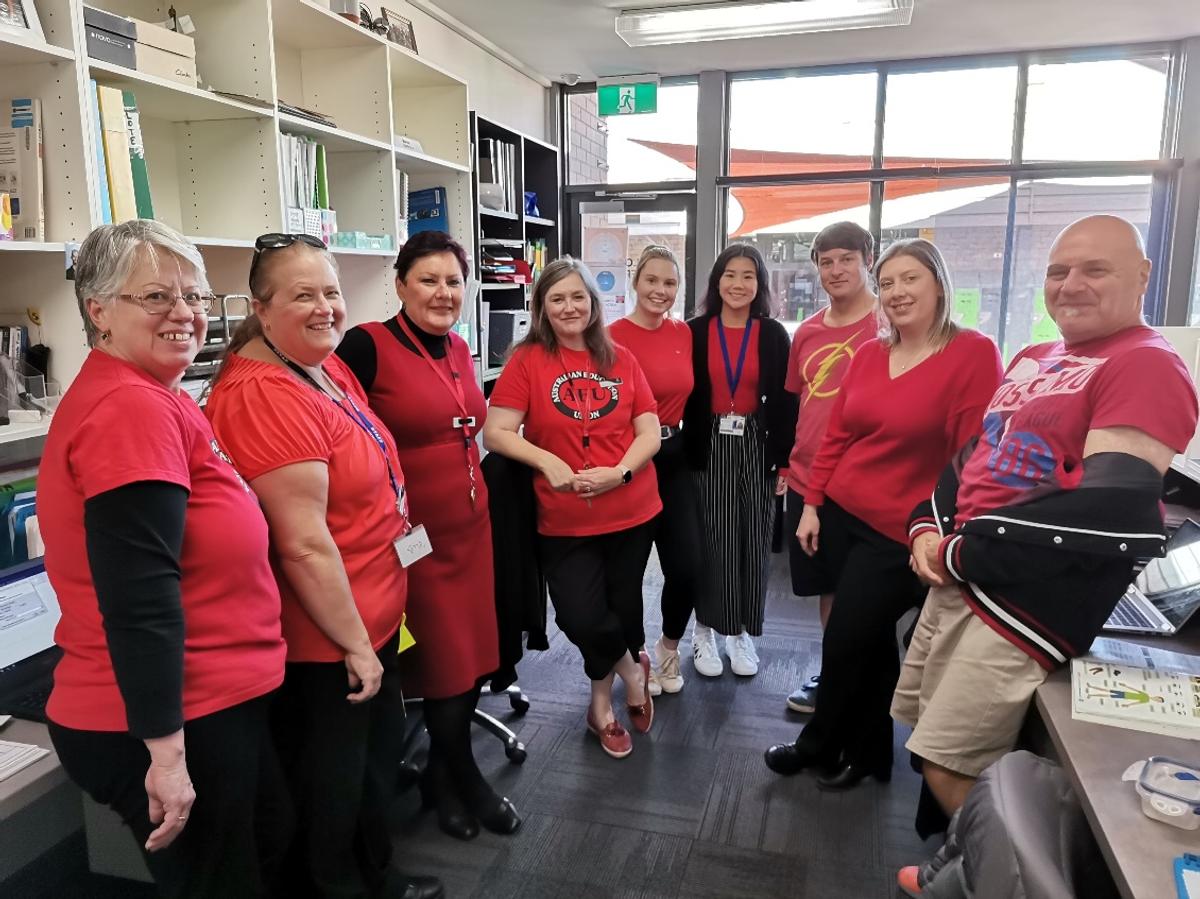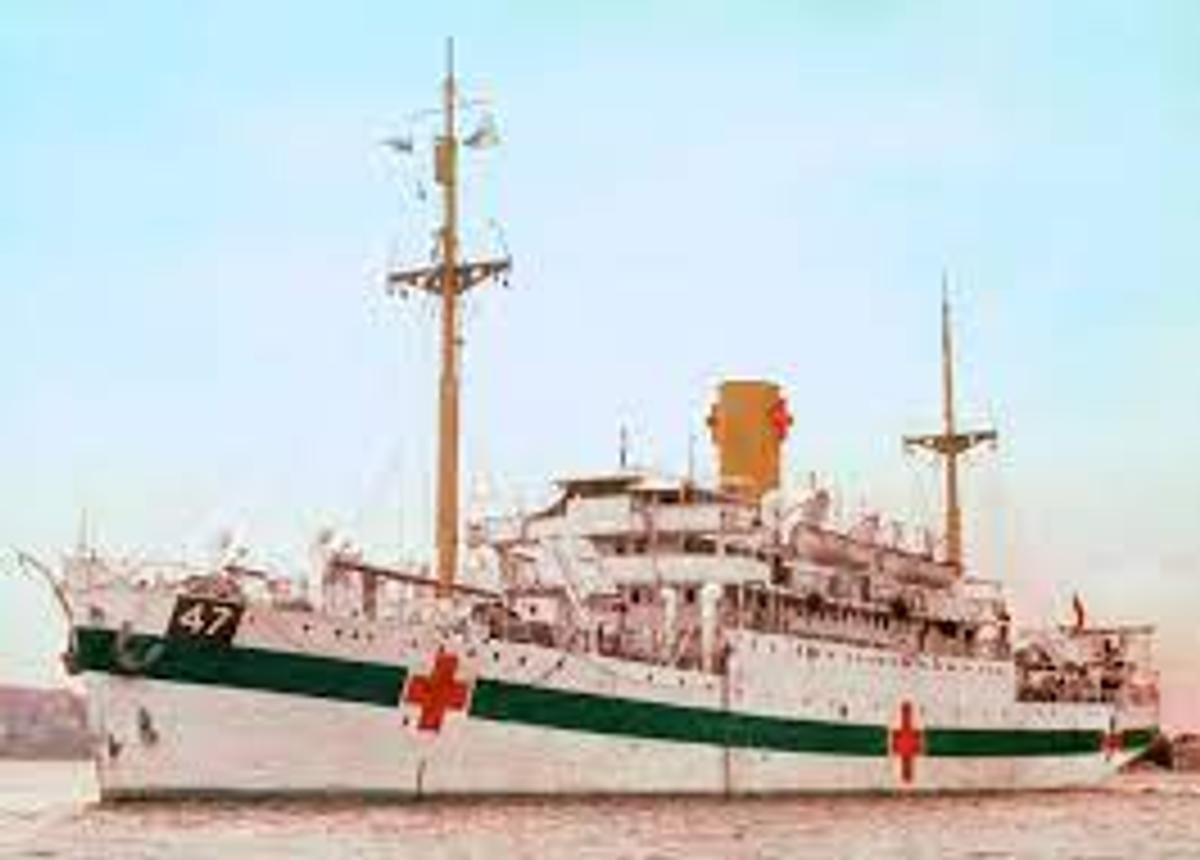Around the College

School Improvement Team report to the Community
School Improvement Team is a group of Students, Teachers, Principals and Education Department officials who meet regularly and monitor the Annual Implementation Plan to improve our school community and make sure we are working towards the goals we have set.
Last week on the 5th of May, we met in the conference room and specifically targeted goals surrounding PLC’s (Professional Learning Communities) and SLC’s (Student-Led Conferences)
STUDENT-LED CONFERENCES
Student-Led Conferences are designed to let students share their achievements in the classroom in front of their parents, guardians and teachers, as well as for parents to find out how their child is going in their classes. In our most recent meeting, the School Improvement Team discussed student’s opinions on SLC’s and how they can be improved to make them more beneficial for everyone involved. This included highlighting current successes and some potential areas that could be improved.
One of the things that we’d love to improve on is how we set goals. As a community, we’re interested in making things enjoyable and practical for students, staff and parents, and how we set goals isn’t always accomplishing these qualities around the school. Setting goals is something that makes a big impact on all our learning, so the SIT community is now interested in making goals meaningful and achievable.
PROFESSIONAL LEARNING COMMUNITIES
PLC is an acronym referring to Professional Learning Communities. This is a new initiative that is supported by the Department of Education and Training. This is where teachers work collaboratively to lift student outcomes and grow in specific learning areas. PLCs use an Inquiry Cycle that is informed by collecting and analysing data. The model below supports the development of teacher skill and ability.
The improvement cycle at Doncaster Secondary College has 4 main steps: evaluate and diagnose, prioritise and set goals, develop a plan and implement and monitor.
Abbey McDonald and Sarah Coates
Student Representatives
AEU Week of Action
Members of the Australian Education Union at Doncaster Secondary College participated in a statewide week of action as part of the campaign for a new Victorian Government Schools Agreement.
The DSC community will have noticed a lot of teachers looking brighter than usual, as they joined in a ‘Wear it Red Wednesday’ action on 5th May, raising visibility for AEU claims in negotiations with the Education Department.
AEU members also had the opportunity to join a statewide Zoom meeting; sharing valuable insights and information with thousands of colleagues about the growing pressures placed on educators. Feedback from the latest ‘State of our Schools’ survey indicates workload is an enormous strain, with teachers working an average of 53 hours per week, well over the standard 38 hours.
The message of AEU members to our community is that teachers, principals, and Education Support staff need workload relief now. Also, many of our wonderful ES urgently need a fair wage that recognises their value and professionalism!
#supportschoolstaff
Angela Reid
AEU Sub-branch President (Doncaster Secondary College)
Remembering AHS Centaur
May 14 marked the 63rd anniversary of the sinking of the Australian Hospital Ship (AHS) Centaur, which was travelling from Sydney to Cairns. The ship was sunk by a Japanese submarine off Moreton Island, off the Queensland Coast, Only 64 of the 332 people on board survived.
Centaur began her working life as a merchant's vessel in 1924 and carried freight and passengers between Freemantle, Western Australia, and Singapore. When war broke out in 1939, she came under the control of the Australian government. In 1941, Centaur was one of the ships used in the search for HMAS Sydney and found a lifeboat with survivors from the German Raider Kormoran.
When Japan entered the war in 1942, Centaur was converted into a hospital ship with the aim of ferrying patients between Port Moresby and Townsville. Her conversion to a hospital ship was completed in March 1943.
AHS Centaur had a fully equipped operating theatre and dental surgery and could carry 252 patients. She was clearly marked as a hospital ship – painted in white with a green band around her, broken only by large red crosses. At night, AHS Centaur was brightly lit by powerful spotlights.
On her third voyage, shortly after 4:00 am on May 14, while most people were sleeping, a torpedo struck Centaur’s port side, hitting the fuel tank and setting off a large explosion. Many of those not killed in the explosion were trapped as the ship sunk, bow first and split in two. In three minutes, the Centaur was gone.
The wreck was finally located in 2009 at a depth of 2000 metres and is protected by the Historic Shipwreck Act of 1976. The event will be commemorated at the Last Post Service at the Melbourne, Shrine of Remembrance on May 16. The service is also live-streamed.
Cathy Bedson
Humanities Teacher



